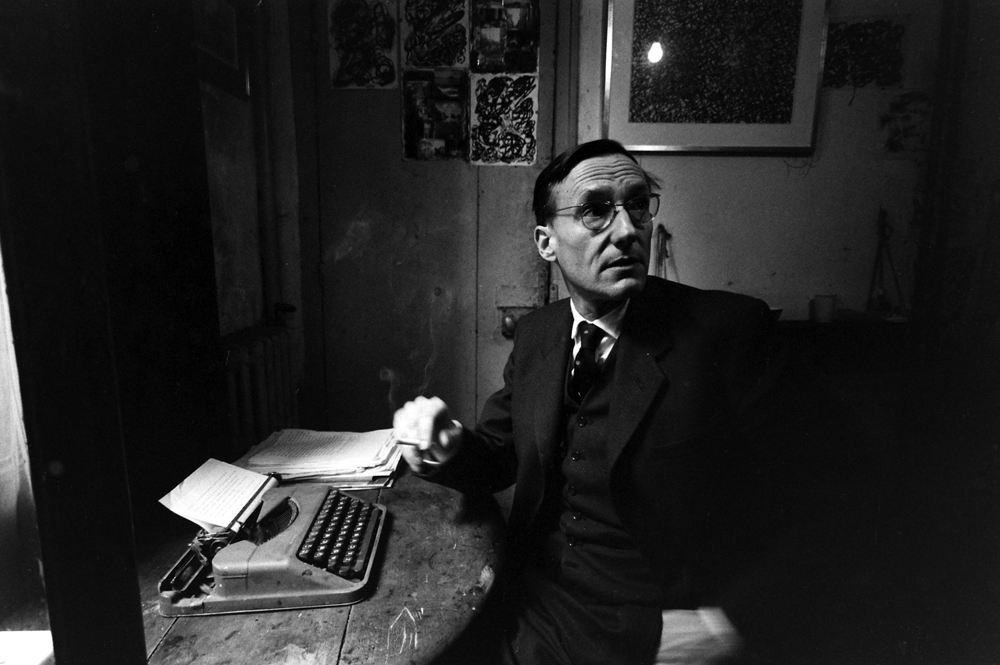
The American writer, painter and spoken-word pioneer William S. Burroughs was born 100 years ago Wednesday, on Feb. 5, 1914, in St. Louis. He died — after an improbably long life, considering the self-inflicted abuse he endured through the years — at 83 in Lawrence, Kansas. It’s somehow perversely appropriate that an iconoclast of Burroughs’ power and scope — an artist who so brutally skewered middle-class hypocrisy in so many of his works — lived a life that began and ended in the middle of middle America.
Born into a wealthy Missouri family, Burroughs attended Harvard (as well as medical school in Vienna) and was, seemingly, on track for a relatively unadventurous life and career. But in the 1940s — having been rejected by the U.S. Navy in the middle of World War II — he set a far different course for himself. He became a heroin addict. In New York, he met and influenced Allen Ginsberg, Jack Kerouac and the biggest voices of the Beat generation. In 1951, in Mexico City, he shot and killed his common-law wife, Joan Vollmer, in what was reportedly a drunken, catastrophic game of William Tell gone wrong. Ultimately convicted in absentia of homicide (he had fled back to the States by then) and given a two-year suspended sentence, the scarred Burroughs embarked on the journeys — London, Paris (where the photos in this gallery were made in 1959), the Amazon, Tangier and beyond — that would shape and define so much of the rest of his life.
And always, everywhere, he wrote. He wrote short stories, essays and hilarious, harrowing, difficult, indispensable novels. Junkie (later Junky), Naked Lunch, The Ticket That Exploded and other classics established him as a singular force in the postmodern cultural landscape. Other writers sang his praises, with some — like J.G. Ballard — arguing that Burroughs was the premier writer of the post-war age. (Many critics, on the other hand, weren’t quite so impressed, especially when the revolutionary cut-up technique Burroughs employed when constructing many of his books made their heads spin.)
Later in life, Burroughs became something of an éminence grise of the post-punk demimonde, collaborating with Sonic Youth, Nick Cave, the experimental English “noise” collective, Throbbing Gristle, and many others. Brian Eno once famously stated that, while the Velvet Underground’s first record sold only 30,000 copies in the first years after it was released, “everyone who bought one of those 30,000 copies started a band.” The same observation, slightly altered, might be made about Burroughs, as his influence on music, literature and the visual arts — during his lifetime and long after his death in 1997 — can’t be overstated.
Many artists are desperate to be seen as rebels; in Burroughs, we find the unlikely real deal: the born rebel who could never stop creating art.
Liz Ronk, who edited this gallery, is the Photo Editor for LIFE.com. Follow her on Twitter @lizabethronk.
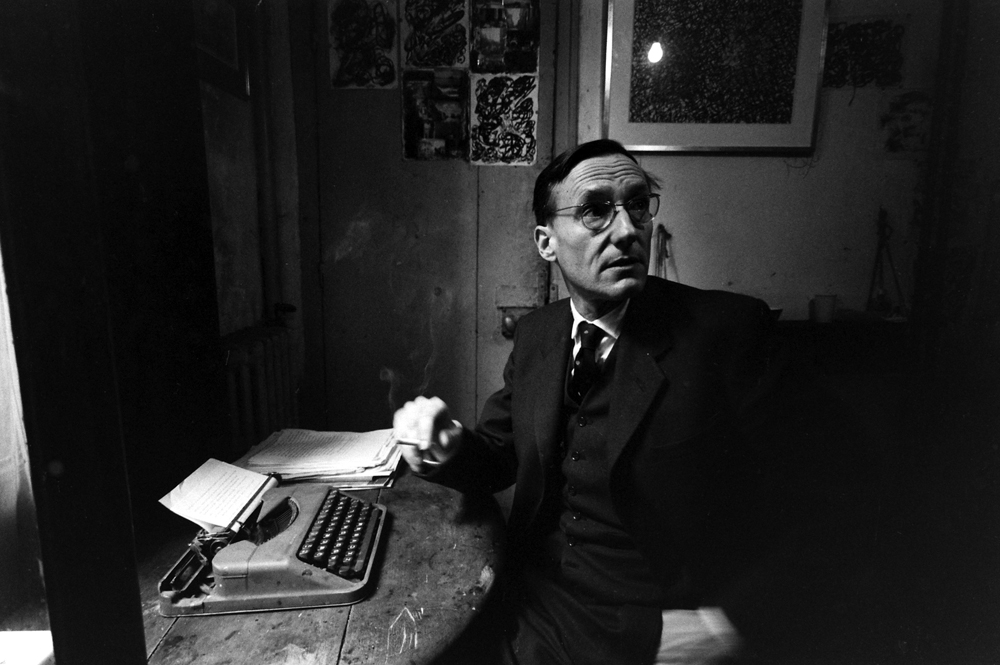
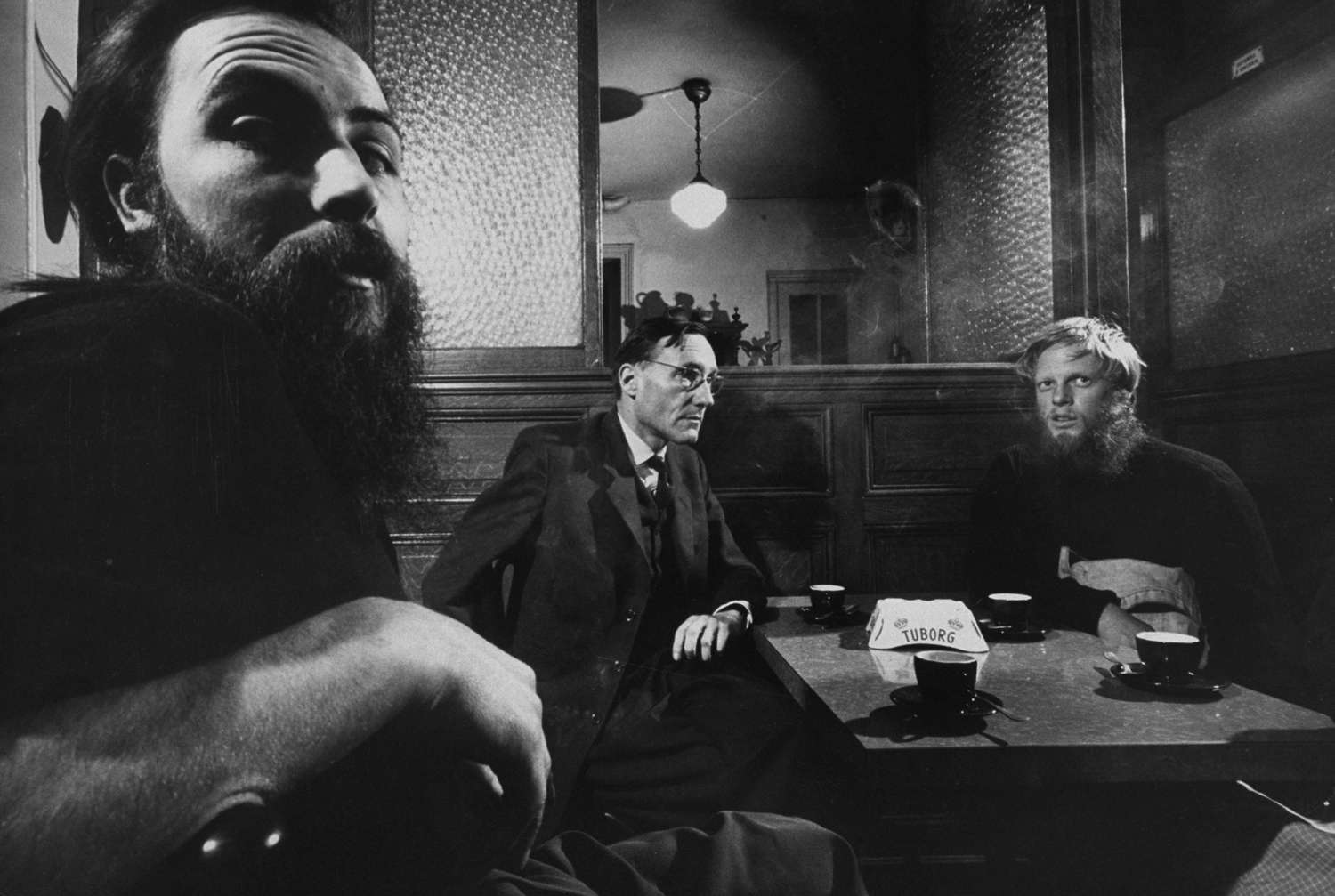
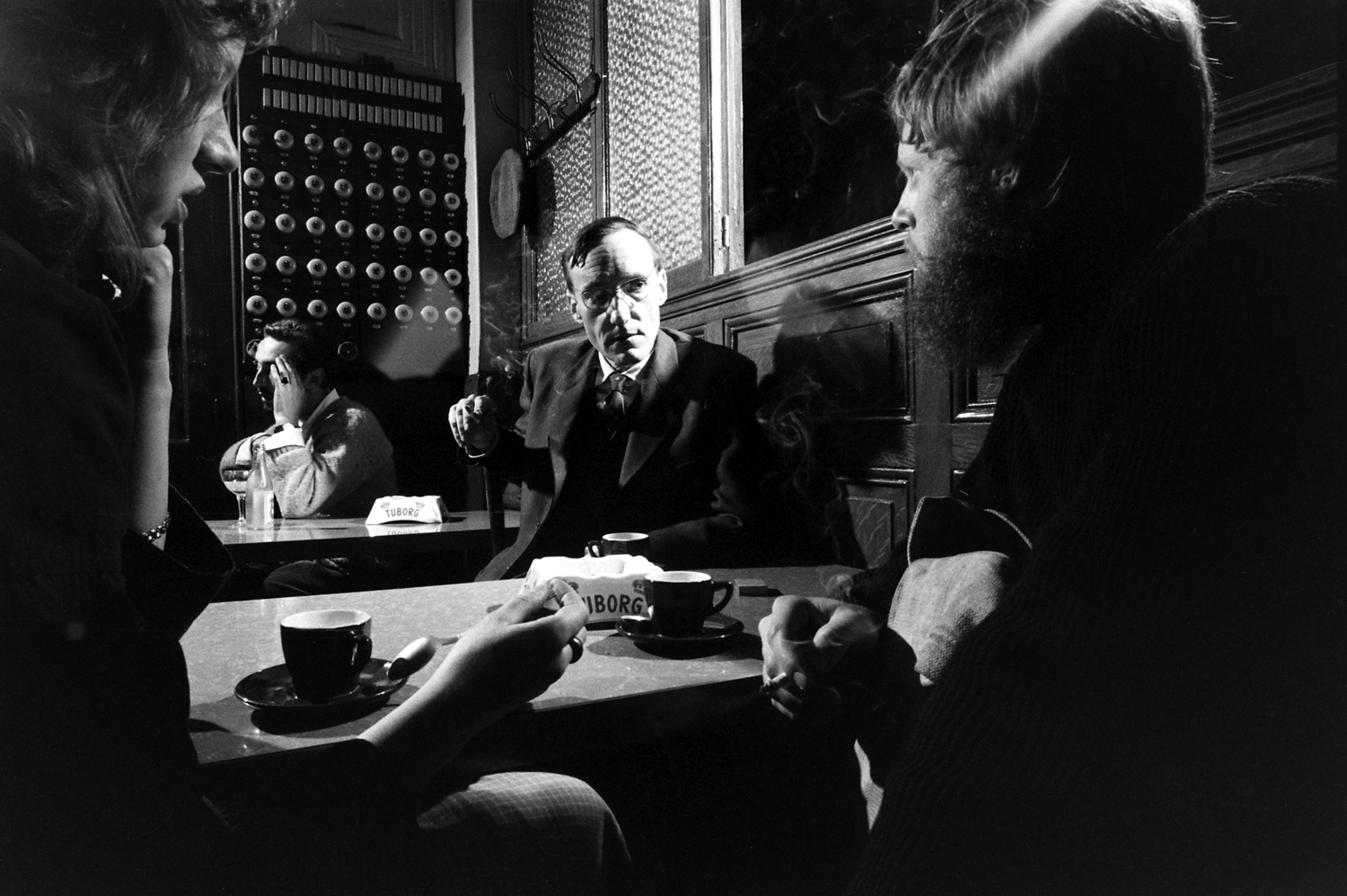

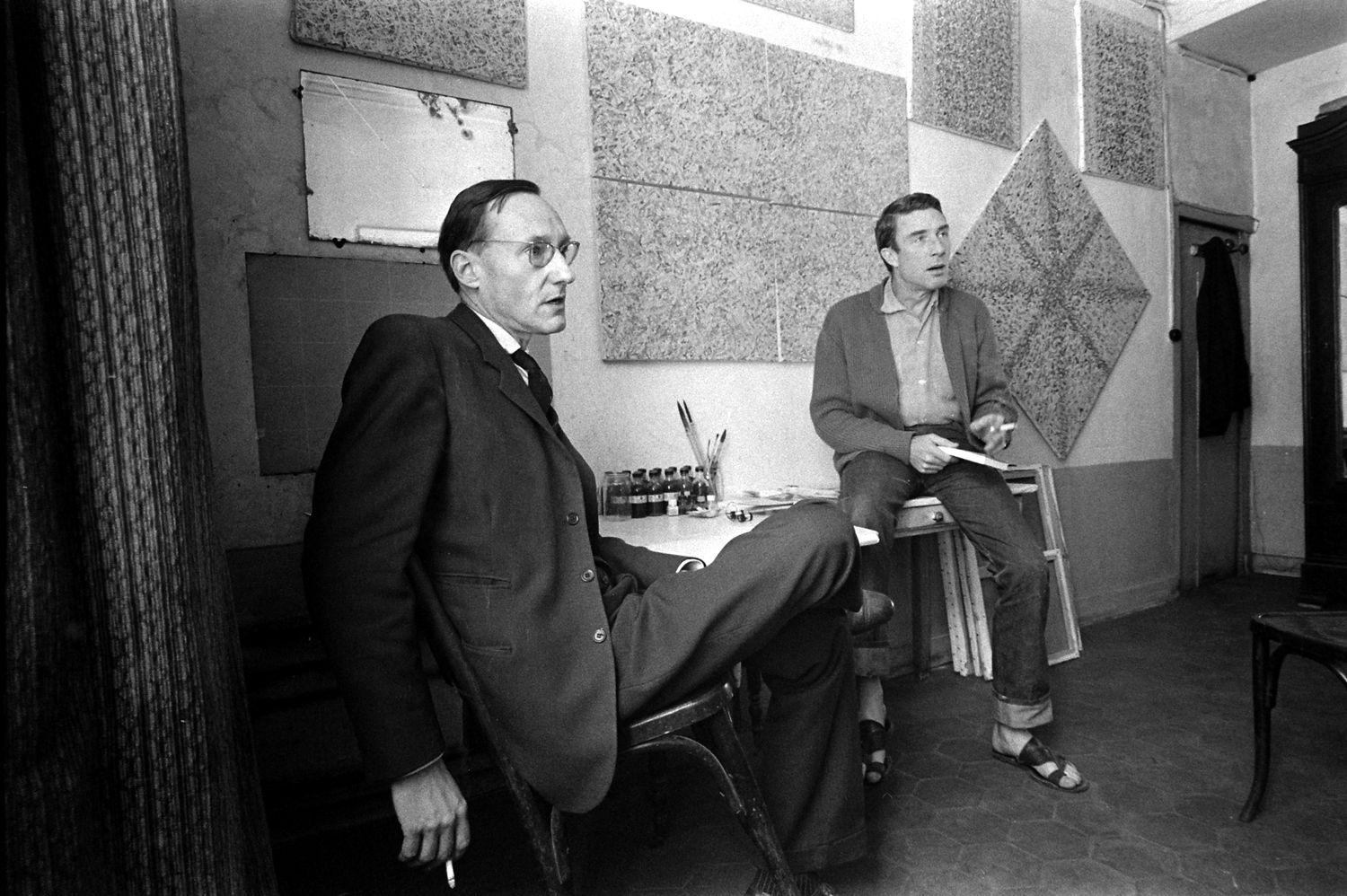
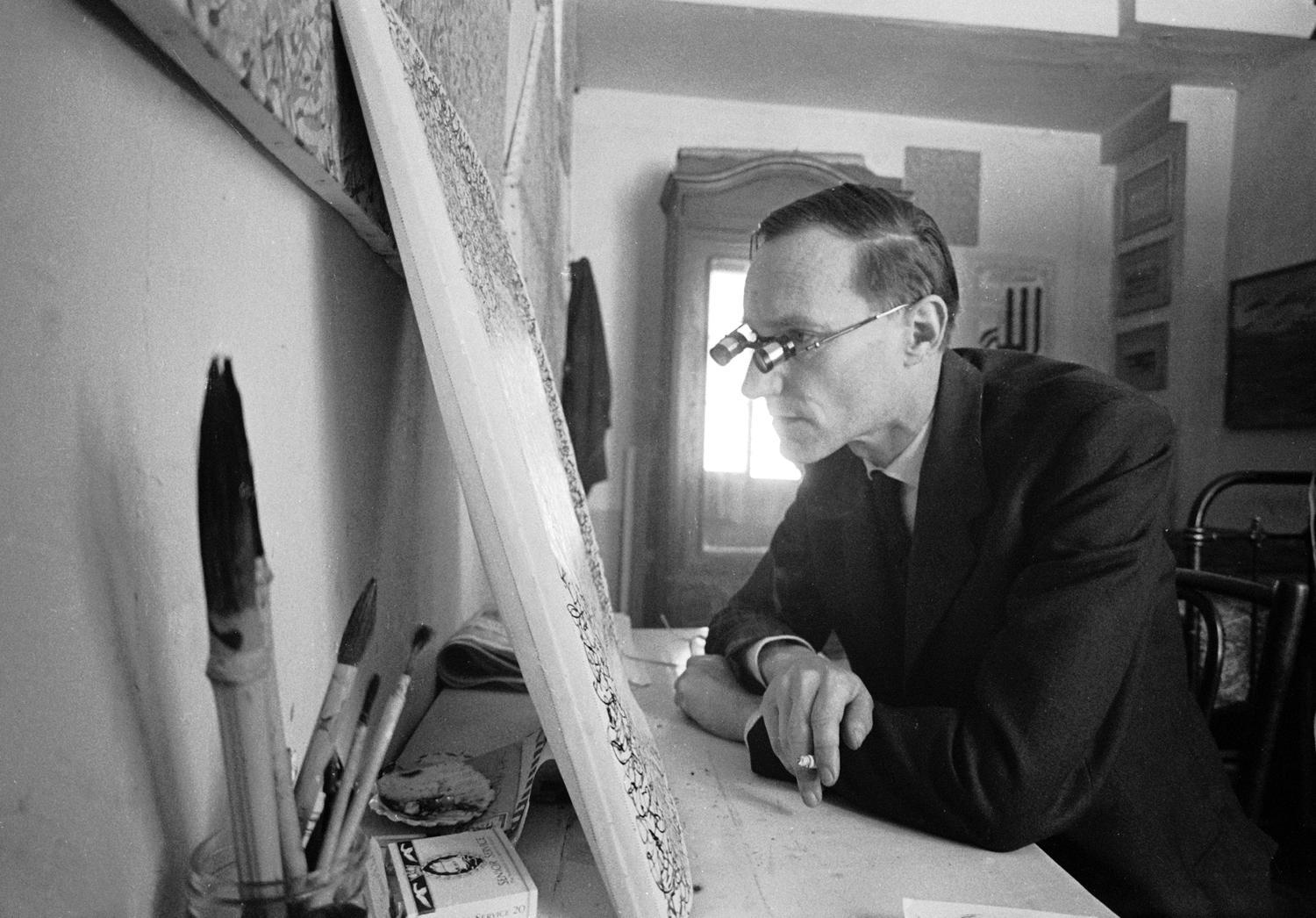

More Must-Reads from TIME
- Cybersecurity Experts Are Sounding the Alarm on DOGE
- Meet the 2025 Women of the Year
- The Harsh Truth About Disability Inclusion
- Why Do More Young Adults Have Cancer?
- Colman Domingo Leads With Radical Love
- How to Get Better at Doing Things Alone
- Michelle Zauner Stares Down the Darkness
Contact us at letters@time.com